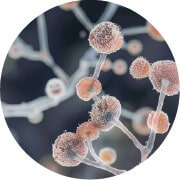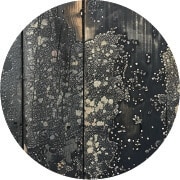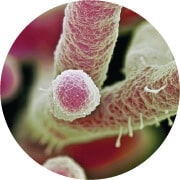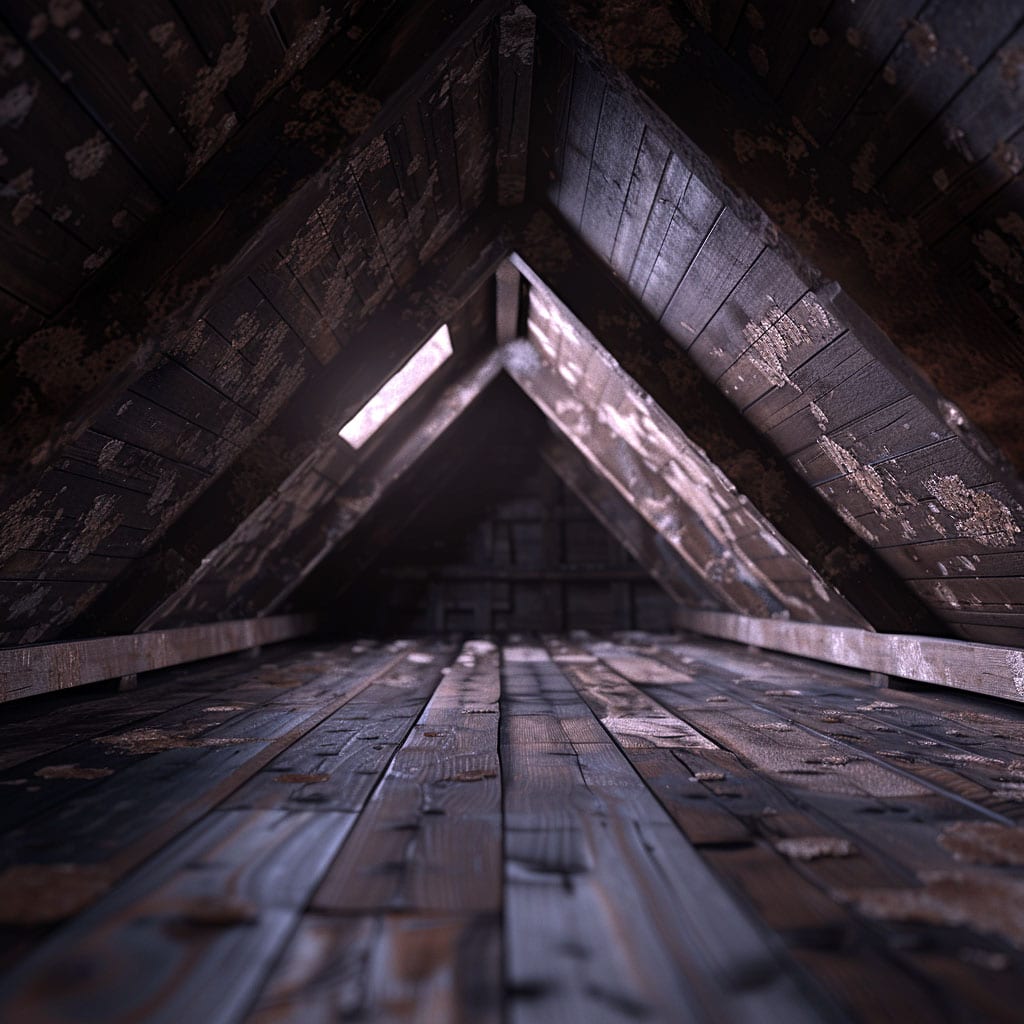Understanding Attic Mold In Your Home
Attic mold is a pervasive issue that can have severe repercussions if left unchecked. As fungi that propagate via spores, molds can rapidly spread in suitable environments. Attics present prime conditions, including fluctuating temperatures, poor ventilation, and potential moisture ingress.
We will explore the science underpinning mold’s success, cataloging the types frequently encountered in attics. We then track mold’s life cycle within these spaces, mapping its route from airborne spore to surface colonization. Next, we detail methodologies for detection, emphasizing when professional attic cleaning become necessary. An enumeration of remediation best practices prepares us to consider prevention: an ounce of caution forestalling costly cure.
The Scope of the Mold Kingdom
Mold belongs to the fungi kingdom, separate from plants and animals. Like animals, fungi are heterotrophs, lacking the plants’ photosynthetic machinery to convert light and carbon dioxide into energy-rich glucose. Instead, fungi acquire nutrients by breaking down organic matter, absorbing dissolved compounds, or, in some cases, forming symbiotic relationships with host organisms.
Over 120,000 cataloged fungus species exist as decomposers, pathogens, and mutualists across virtually all ecosystems. For instance, the model organism Saccharomyces cerevisiae partners with humans in fermentation, yielding wines, beers, and breads. Penicillium species give us antibiotics, while Aspergillus oryzae assists in soy sauce production.
Fungi reproduce via spores, microscopic propagules encased in rigid outer walls, rendering them resilient to harsh conditions. Distribution by wind, water, or vectors allows spores to traverse vast distances and populate new environments. Given moisture and nutrients, spores germinate and grow branching multicellular filaments termed hyphae upon an appropriate substrate. The resulting meshwork is called a mycelium.
When mycelia expand to interface, sexual or asexual reproduction may occur. Sexual reproduction unites compatible strains, yielding genetically diverse spores. Asexual sporulation perpetuates clones. The capacity for rapid propagation enables fungi like mold to thrive given the right circumstances.



Taxonomy of Attic Molds
Attic conditions—notably moisture availability, temperature fluctuations, and nutrient sources—suit various mold types. These include:
Aspergillus: A genus with over 185 species, Aspergillus molds are ubiquitous indoors and out. Finding ample nutrition in dust, soil, decaying plants, and diverse building materials, Aspergillus thrives between 40-100°F. Some species produce airborne toxins or allergens.
Cladosporium: Olive-green to black in color, this mold frequently affects textiles, wood, paper, and plants. It flourishes in cooler, shadier, more arid areas compared to other molds, with optimal growth between 50-95°F.
Penicillium: Named for the brush-like conidiophores that dispense its spores, penicillium appears blue, red, purple, or green. It grows well in interiors, earning the nickname “fridge mold” for spoiling produce. Some compounds impede other microbes, while certain pigments and toxins provoke allergies.
Stachybotrys chartarum: Nicknamed “black mold” for its dark green-black colonies, this mucilaginous mold infests very wet materials like storm-damaged drywall or sodden wood. Toxins target nerves, immune cells, and lungs.
Alternaria: Surfacing plant debris, sites of water damage, or in outdoor air, this mold is recognizable by velvety-textured black colonies that release darker spores. It is a common elicitor of allergic responses.
These molds and others colonize attics when conditions permit spore germination, spreading across surfaces and embedded materials as mycelial networks expand via enzymatic digestion and invasive hyphal growth. Detecting and remediating mold swiftly mitigates risks to building integrity and inhabitant health.
Colonization Cycle
1. Dispersion – Spores mix through air currents, entering attics through vents, cracks, and construction gaps.
2. Adhesion – Spores like insulation, wood, and drywall settle atop surfaces.
3. Germination – Spores reactivate given moisture, swelling, and emerging hyphae.
4. Growth – Branching hyphae form mycelia that colonize substrates, digesting them to gain nutrients.
5. Sporulation – Nutrition supports the maturation of spore-producing structures; renewable propagules become airborne.
6. Spread – Spores disperse to perpetuate the mold lifecycle. Some drift away, but concentrations heighten indoors.
Climatic Drivers
1. Moisture availability
1. Rain, snow, and ice damming permits water ingress from compromised roofs or materials.
2. Plumbing issues cause leaks onto attic components.
3. Improper ventilation results in condensation amassing on cold surfaces.
4. Flooding from severe weather introduces extensive water.
5. Human activity like storing cardboard boxes or wet insulation creates reservoirs.
2. Temperature differentials
1. Poor insulation leads to attic air temperatures oscillating higher than outdoors in summer and lower in winter.
2. Surfaces shift from warm to cold repetitively, causing condensation.
3. Such interfaces attract airborne spores and provide liquid water to nourish growth.
3. Nutrient abundance
1. Dust and debris contain organics utilizable by mold.
2. Wood beams, cardboard, fabrics offer abundant nourishment.
3. Damaged or waterlogged materials foster mold nutrition through chemical leaching and easier access.
Detection Strategies
Homeowners can spot overt colonization by sighting fuzzy or discolored growth on attic surfaces. Black streaking and musty odors also indicate mold’s presence. However, concealed areas require professional tools for definitive confirmation:
- Borescope cameras on flexible cables peer behind infrastructure like ducting or insulation. HD lenses spot early colonies.
- Moisture meters employ infrared to quantify water levels up to an inch deep in suspect materials precisely. Elevated humidities presage mold formation.
- Thermal imaging captures surface temperature variations down to 0.1°F, detecting areas prone to condensation from joints between dissimilar materials. These interfaces invite mold.
- Air tests quantify spore numbers through microscopic or molecular techniques. They establish if concentrations pose health threats and help identify contamination sources.
Because attics facilitate mold amplification and distribution throughout living spaces, comprehensive inspection and rigorous remediation are vital, especially when inhabitants exhibit related respiratory issues or allergies.
Remediation Protocols
Professional protocols detail an orchestrated approach to attic mold elimination while avoiding spore dispersal into occupied areas:
1. Containment via sealed barriers prevents contamination spread within the building. Airlocks and decontamination chambers maintain pressure differentials.
2. Air filtration through High-Efficiency Particulate Air (HEPA) devices strips spores. Fans filter 1000+ cubic feet per minute.
3. Vacuuming removes surface mold. Disinfectants kill remnants on porous materials like wood or concrete. Surfaces may be sandblasted.
4. Materials like drywall, insulation, or fabrics with extensive permeation are discarded to preclude recolonization.
5. After mold cleanup, repairs seal moisture entry points and improve ventilation to deter recurrence.
An ounce of prevention outweighs remediation. Let us explore homeowner strategies to protect attics.
Prevention Pointers
Homeowners can implement an attic mold prevention program incorporating monitoring and maintenance:
- Install humidity sensors with remote readouts to track moisture levels.
- Improve attic ventilation through code-compliant gable, roof, or ridge vents. Powered fans augment air exchange.
- Insulate properly by air-sealing and installing vapor retarders before insulating to specification. This curtails condensation.
- Schedule semi-annual roof inspections to identify and repair errant shingles, flashing gaps, cracking, or evidence of leaks.
- Clean gutters and downspouts regularly and slope ground away from the structure so water drains away.
- Place all HVAC ductwork and appliances with water connections within the thermal envelope to warm vulnerable condensing surfaces.
- Store only sealed containers and maintenance-free items in attics to reduce the introduction of food sources.
Implementing such informed precautions makes an attic far less hospitable for mold incursion. Staying attentive and enlisting professionals at the first signs of moisture or musty air will help maintain building safety and homeowner peace of mind.
Left unchecked in dark, damp attic spaces, mold fungi can jeopardize a homes integrity, contaminate living areas, and endanger human health through allergen exposures. However, homeowners can rest assured knowing they have minimized risks these ubiquitous yet potentially hazardous microbes pose by understanding attic vulnerabilities, enlisting timely professional remediation when warranted, and proactively inspecting attics to deter future encroachment. Persistence, attic cleaning, and vigilance are key to keeping attics and homes safe from mold.




